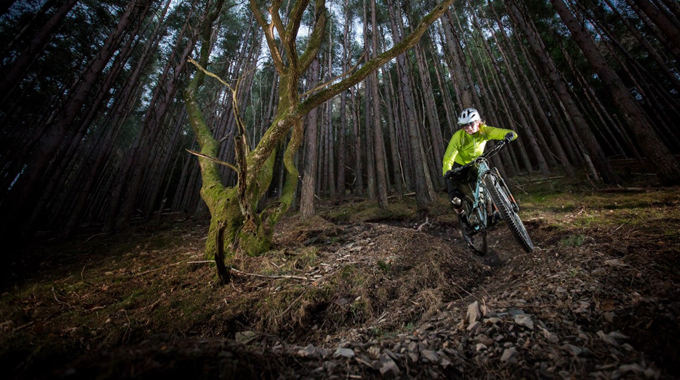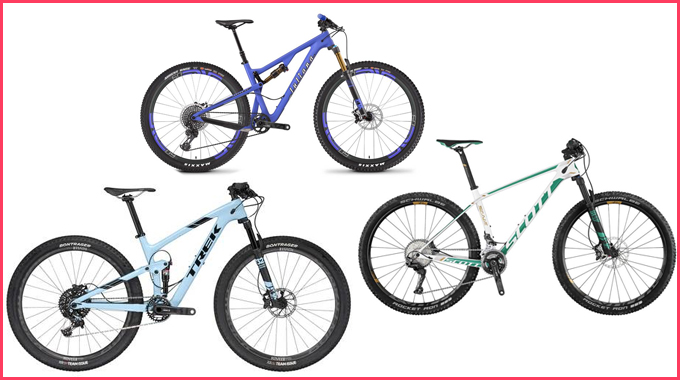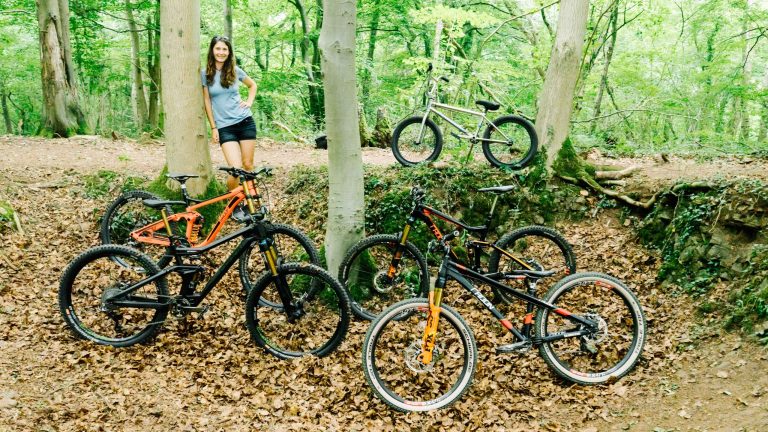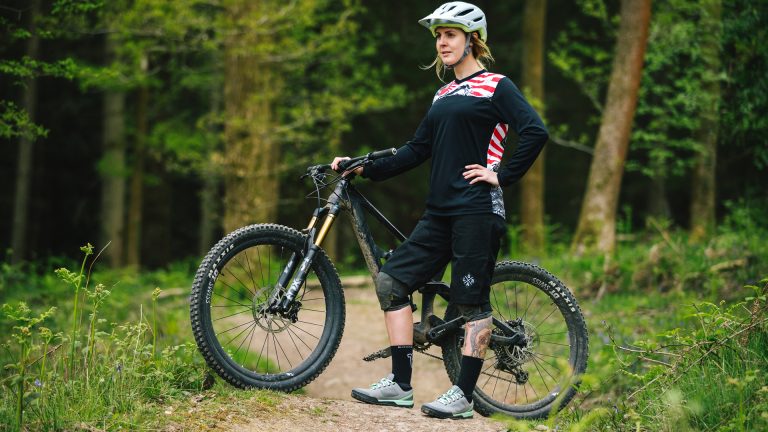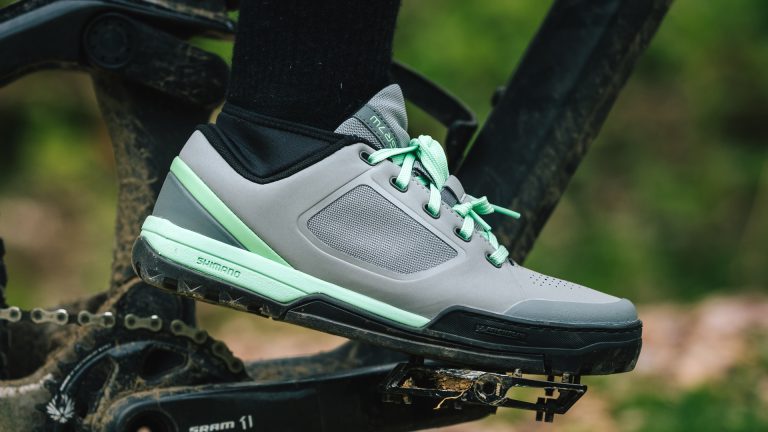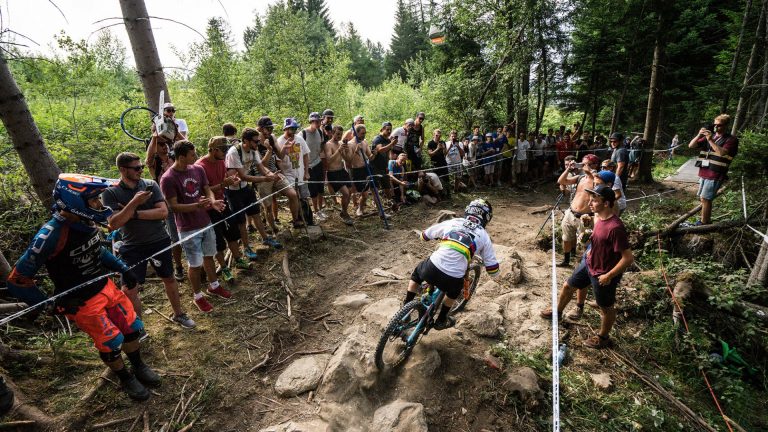What’s going on with mountain bike wheel sizes and how does it affect us female riders? Our 29er mountain bike buyer’s guide is here to fill you in…
Mountain biking has been undergoing some technical changes when it comes to wheel sizes. After a long reign of 26″ wheels, the 27.5″ (650b) wheel size took over a few years ago boosting performance and offering a greater allowance to accommodate female riders.
However, the 27.5″ wheel is now being lapped by the 29″ size – a.k.a the 29er. Like with any major change in the cycling industry, they have been received with hesitation, although now, it looks like 29er’s are here to stay as they move out of the cross-country scene and into the downhill and enduro disciplines.
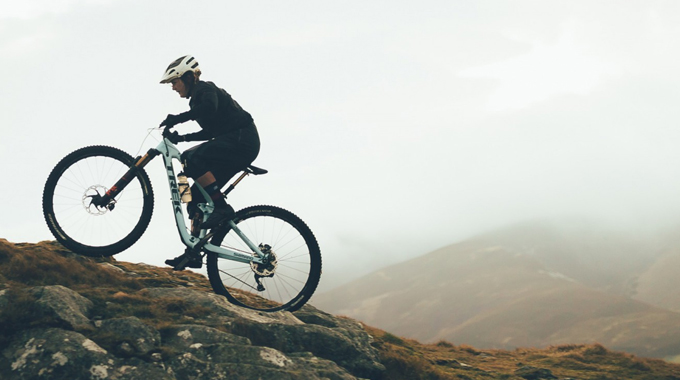
Arguments have since followed about the advantages and disadvantages of the larger wheel size. Evangelists made bold, often excessive claims about the faster and increased traction of the larger wheels, while sceptics rubbished 29-inch wheels for being ponderous and heavy.
If you’re on the fence, let’s take a look at 29er’s in greater detail…


